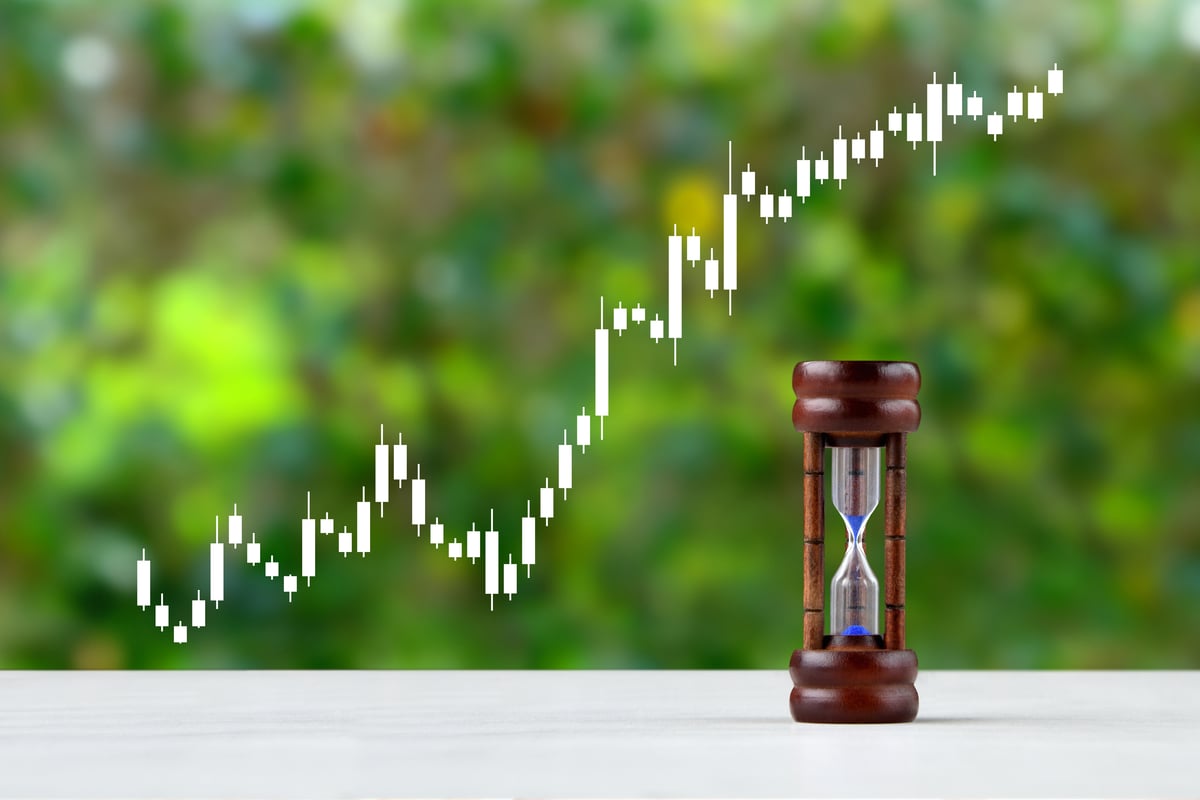Back in 2008, the Great Recession was just taking hold and shares of Amazon.com (AMZN +2.46%) were plummeting 60% from their all-time high.
Since then, the stock is up 750%. But there's something crazy about that rebound: Over the same time frame, Amazon's profitability has fallen 74% and the company has increased its capital expenditures more than 10-fold.
The increase in spending, and concurrent drop in profitability, is somewhat breathtaking when visualized.
That begs the question:
What is Amazon spending all of that money on?
To understand how Amazon allocates its capital, you first have to understand how founder and CEO Jeff Bezos functions. In his 1997 letter to shareholders, Bezos said:
When we're at our best, we don't wait for external pressures. We are internally driven to improve our services, adding benefits and features, before we have to. We lower prices and increase value for customers before we have to. We invent before we have to. These investments are motivated by customer focus rather than by reaction to competition. We think this approach earns more trust with customers and drives rapid improvements in customer experience – importantly – even in those areas where we are already the leader.
In short, Bezos isn't in this game to make a quick profit, nor is he looking to satisfy Wall Street's short-term whims. He is focused on building the most customer-centric company to ever do business in America or abroad.
Taking this view, it is exceedingly simple to see why Bezos and Amazon has gone from spending just $333 million on capital projects in 2008 to $4.6 billion over the last 12 months: Bezos sees an opportunity to improve value, benefits, and services to Amazon customers.
What shape do those benefits come in? According to the company's most recent annual report, capital expenditures are now being devoted to "additional capacity to support our fulfillment operations and additional investments in support of continued business growth due to investments in technology infrastructure, including [Amazon Web Services]."
In plain English, Amazon is using the money make customers happier. The build out of fulfillment centers and "sortation" centers helps deliver packages to your doorstep quicker than any other company can offer. Investments in technology have led to innovations such as the Fire smartphone, original content for Amazon Prime's streaming service, and even the possibility of drones delivering packages.
Perhaps most noticeable for investors is the company's commitment to building out Amazon's cloud services. Everyday consumers might not be familiar with this, but it is playing an increasingly important role in the company's top line. Amazon doesn't break out revenue from the unit specifically, but the broader umbrella that it fits under -- "Other" revenues -- has grown by astounding rates over the last few years.
Is all that spending worth it?
While Amazon customers no doubt think all of this investment is worth the money, investors want to know if real financial value is being built up over time. One of the most telling ways to investigate this is to look at the company's cash flow from operations. As you can see, it has grown by leaps and bounds.
Over the last five years, that equates to an average annualized growth rate of 23%. Of course, that growth has come in fits and starts -- but it is there nonetheless, and proves that Amazon is creating a service that is resonating with customers.
In the end, those results have helped push Amazon's stock much higher over the long run. The company could end up being one of the most difficult large companies for investors to value.
The vast majority of large public entities will balance investing in future growth with providing enough profitability to satiate Wall Street. Not so with Bezos. It is very difficult to tell if and when the spending spigot will be tightened, and what the profitability picture might look like when that day comes.
Bezos has stated, many times, that over the long run, the most important metric for investors to watch will be the company's free cash flow. Over the last five years, that figure has fluctuated between almost $3 billion in 2009, to just $395 million in 2012. The cause of those disparities is almost uniformly capital expenditures.
The only thing investors can be absolutely certain of is this: as long as a realistic possibility for improvement exists, Bezos will be spending money in that arena.






